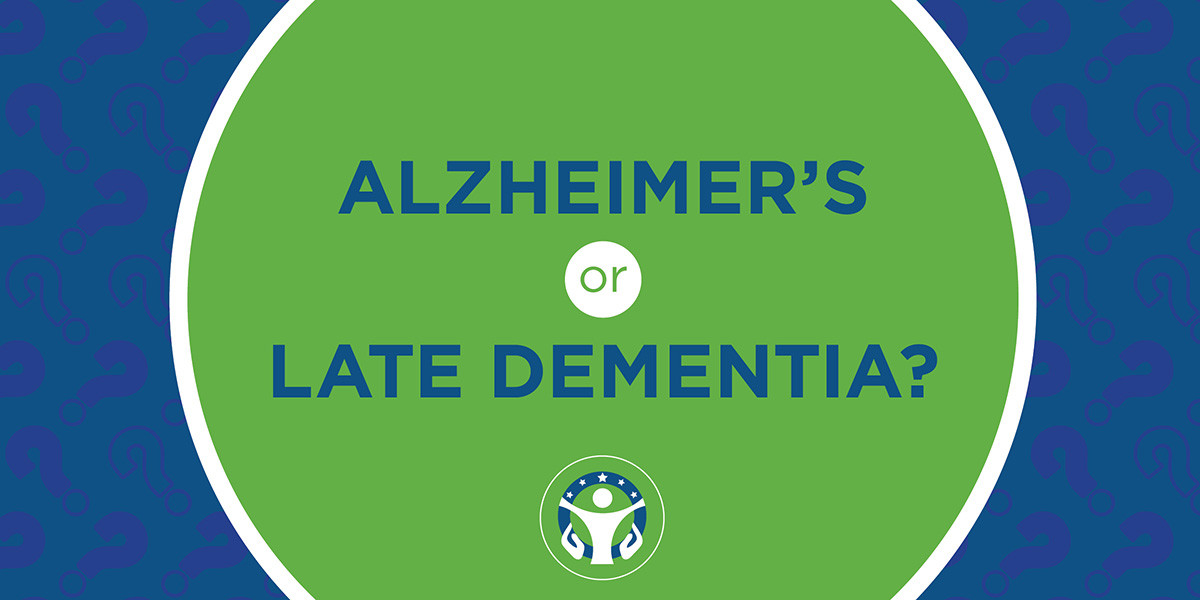TDP-43 and LATE Dementia: 10 Things to Know

Research continues on LATE, a form of geriatric dementia caused by a misfolded protein called TDP-43. “LATE” stands for Limbic-predominant Age-related TDP-43 Encephalopathy. Only just identified in 2019, LATE is now the focus of intensive dementia research—and surprises are emerging. Based on continuing discoveries, here are 10 takeaways today.
1 - LATE dementia is quite common. In a 2023 blog, we explained that LATE is a “relative newcomer to the understanding of dementia,” and that many people have never heard of it. It is most common among the old-old. In fact, among people 85 or older, at least one-third have TDP-43 pathologies detectable upon autopsy, according to research experts Peter T. Nelson and colleagues publishing in Annals of Neurology.
2 - The prevalence of TDP-43 pathology is clinically meaningful. Approximately one in four adults over age 85 “have enough misfolded TDP-43 protein to affect their memory and/or thinking abilities,” according to the National Institutes of Health.
3 – Researchers are exploring how to define stages of LATE dementia. Staging is based on which parts of the brain have TDP-43 pathology, which spreads through specific parts of the brain as the disease progresses.
4 – Aside from autopsy studies, there is no definitive biomarker for diagnosing LATE pathologies. Understanding of the pathology comes from autopsy studies. Researchers are beginning to identify common characteristics noted in PET scans, but there is much more research to do. “Assays reflecting TDP-43 pathology are urgently needed and currently in development,” explain Nelson et al.
5 –Among adults in the 80+ age range, LATE is a “frequent mimic of Alzheimer’s disease,” say Nelson et al. Because clinically, symptoms can look about the same, differential diagnosis is challenging. Misdiagnosis, they say, is common.
6 - TDP-43 pathology often overlays with other brain-related pathologies. This means that many cases of dementia have multiple underlying pathologies and are mixed dementias. Today, “there is rising appreciation that a variety of diseases and disease processes contribute to dementia,” according to the National Institutes of Health. “It is increasingly clear that certain combinations of pathologic changes tend to coexist in aging brains,” comment Nelson et al.
7 - LATE, as an isolated geriatric condition, tends to progress more slowly than Alzheimer’s disease. When LATE co-exists with Alzheimer’s disease, though, the clinical picture is particularly aggressive, characterized by fast progression and a “severe disease course, with more brain atrophy,” note Nelson et al. publishing in the Journal of Neuropathology & Experimental Neurology. One avenue researchers are pursing is the possibility the tau protein pathology (found in Alzheimer’s) and TDP-43 pathology may spur each other on, explain Nelson et al.
8 -TDP-43 pathology was first understood as a feature in amyotrophic lateral sclerosis (ALS) and in frontotemporal lobar degeneration. The distribution of TDP-43 pathology in LATE dementia is different from that of ALS and other neurological diseases, though, say Nelson et al.
9 – The emerging understanding of LATE dementia may help researchers improve work on Alzheimer’s disease. The National Institutes of Health says that in clinical trials, weeding out subjects who have LATE (rather than Alzheimer’s disease) “could significantly improve the chances of successful Alzheimer’s breakthroughs”.
10- LATE dementia is a geriatric condition. Steven Posar, MD, CEO, Founder, and Chief Medical Officer of GuideStar Eldercare, explains that the rising prevalence of dementia is a function of longer lifespans. As medicine has progressed, he says, we have found ways to support nearly all organ systems as they fail with age. “We’re now living into our 70s, 80s, and 90s. What we’re seeing is diseases of aging, most of which we have an answer for—except for the brain.” As the incidence of dementia balloons, answers are few. There is much to learn about underlying brain changes, and we don’t have effective treatments yet. “We’re only at the beginning of this journey,” he says.
In this dynamic landscape and in the face of many unknowns, the clinical experts at GuideStar Eldercare persist in translating leading-edge research into diagnostic accuracy and proven clinical practices. Our goal: to ease suffering and help aging adults lead their best lives.
